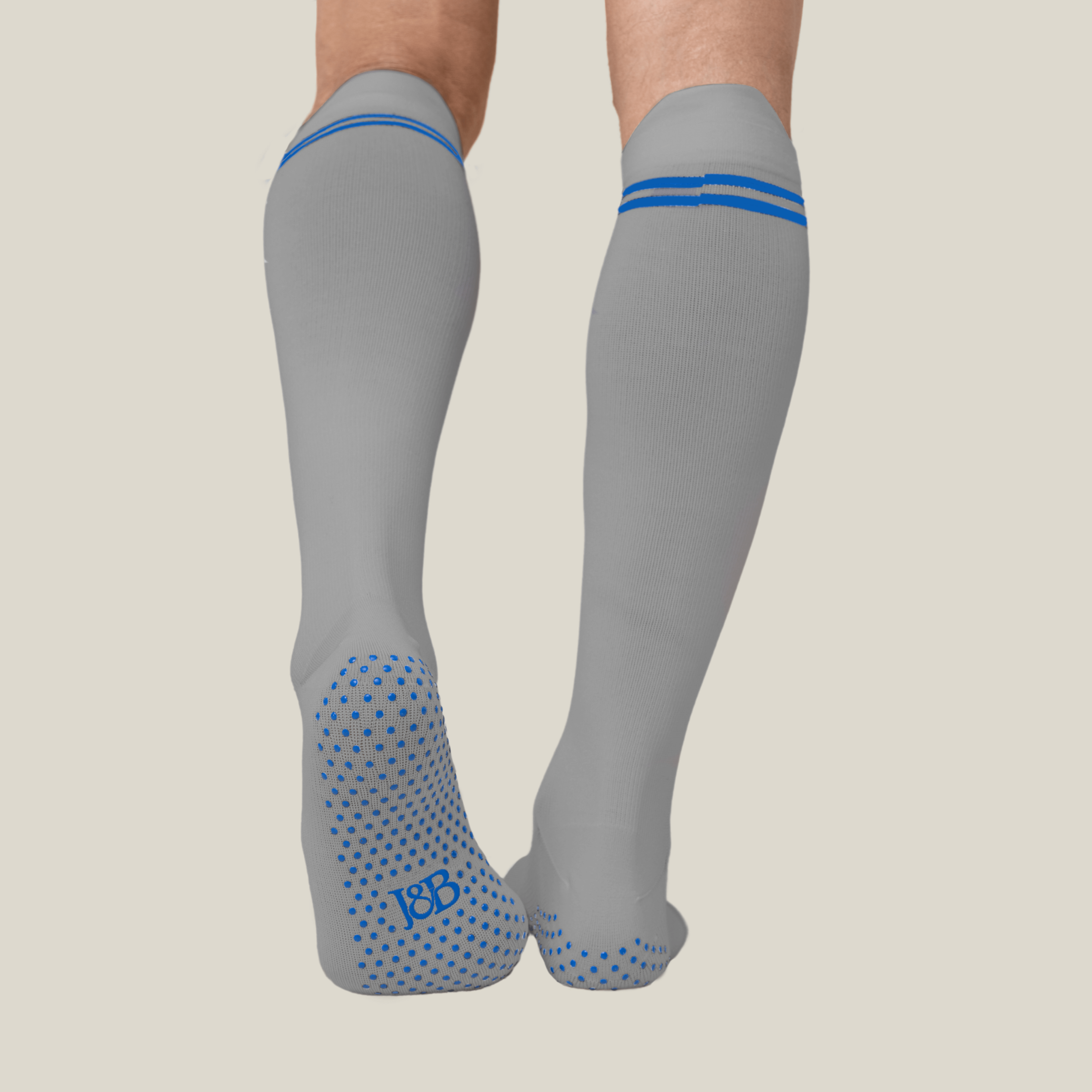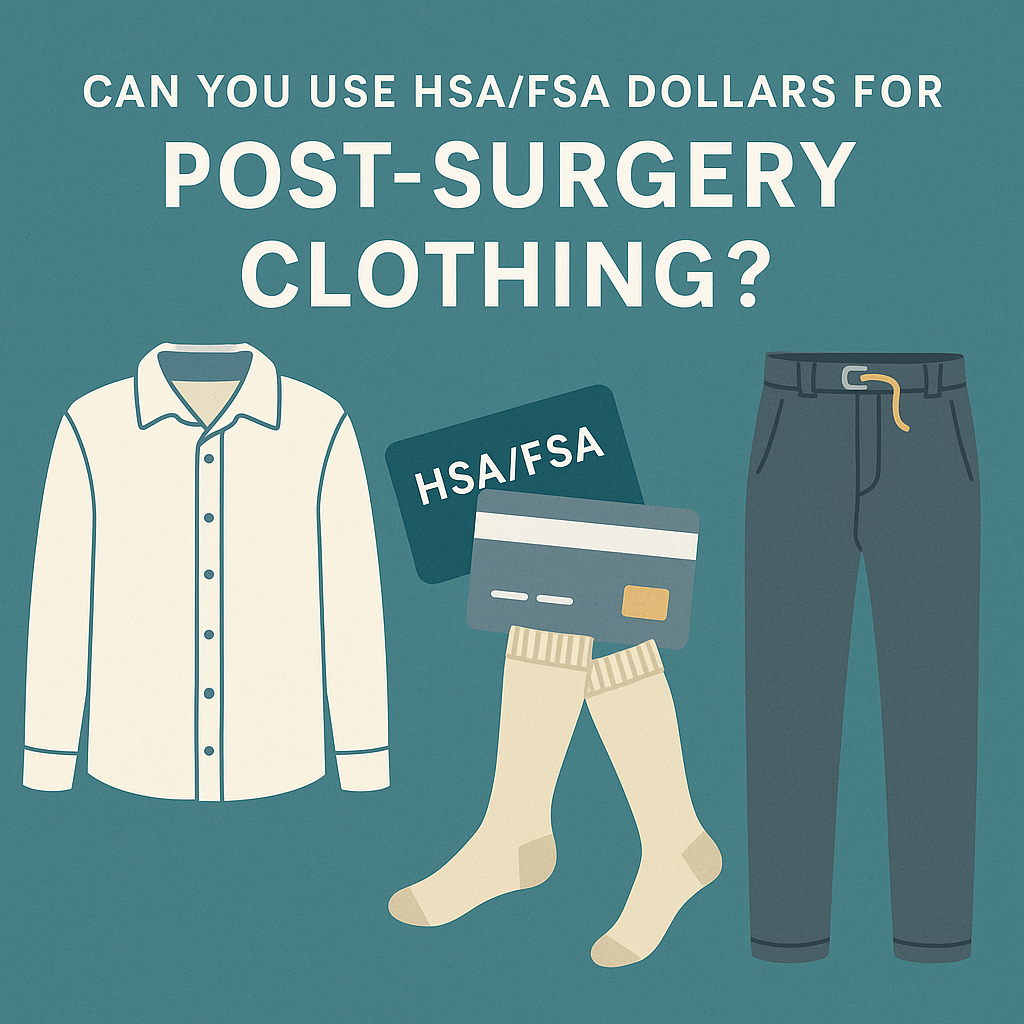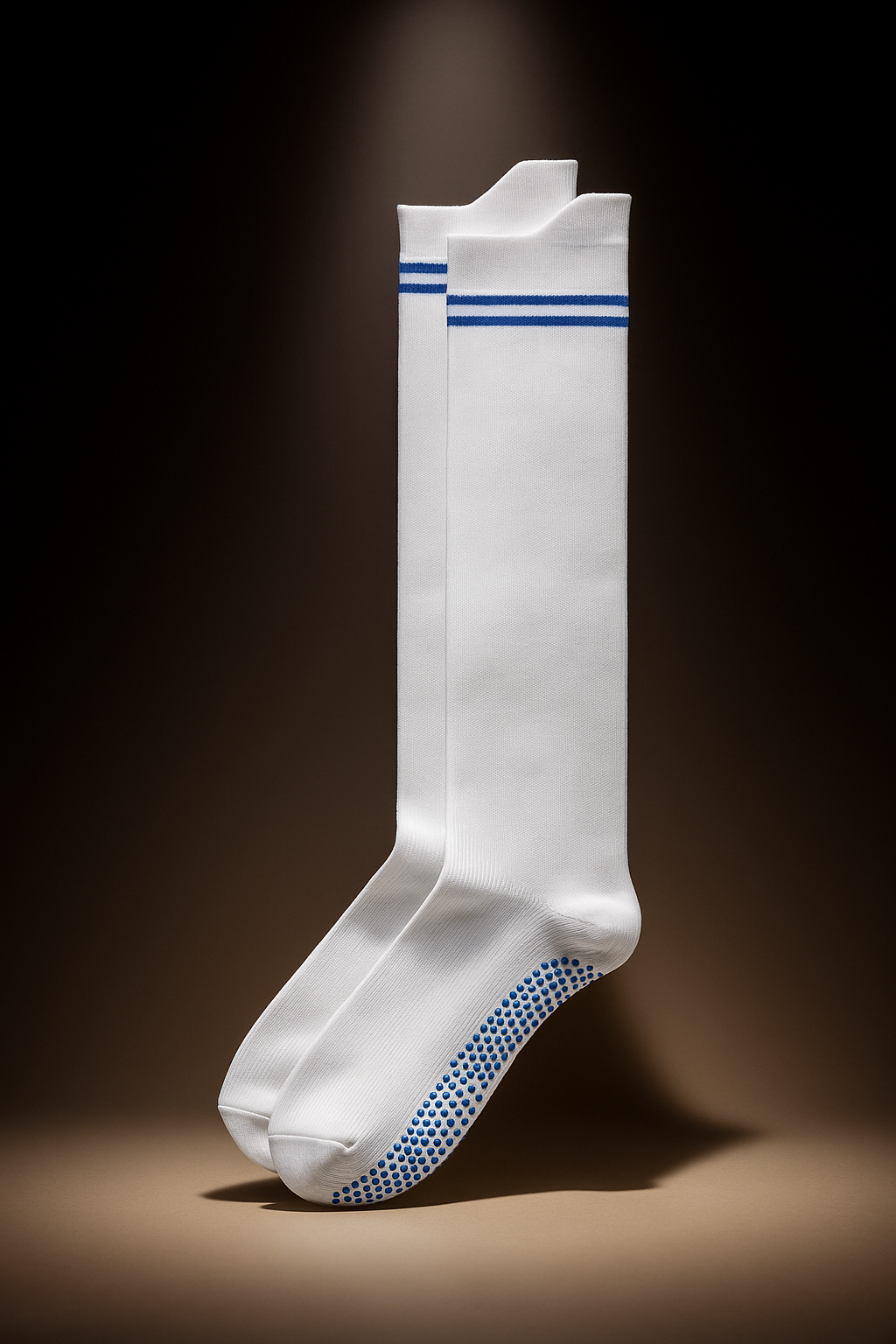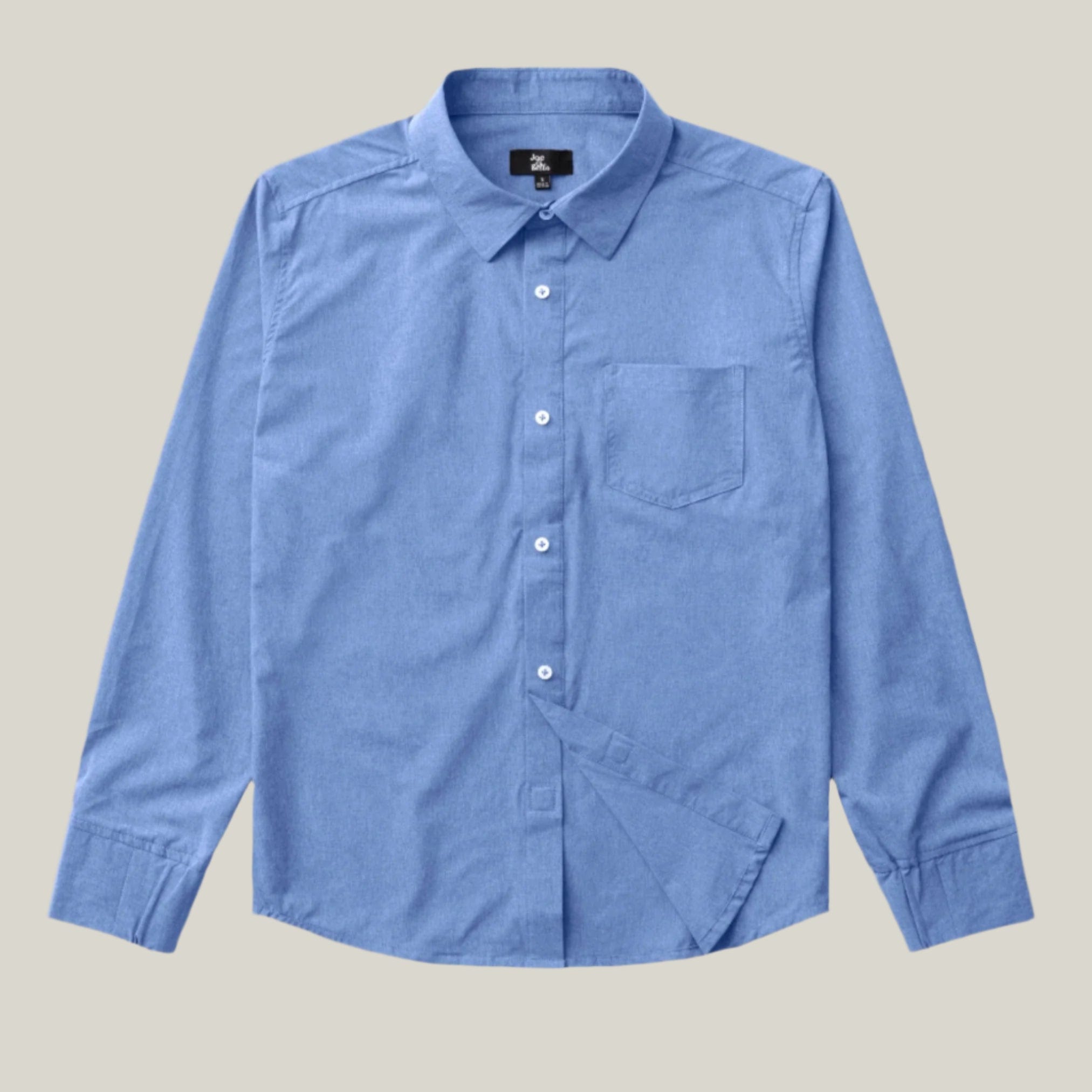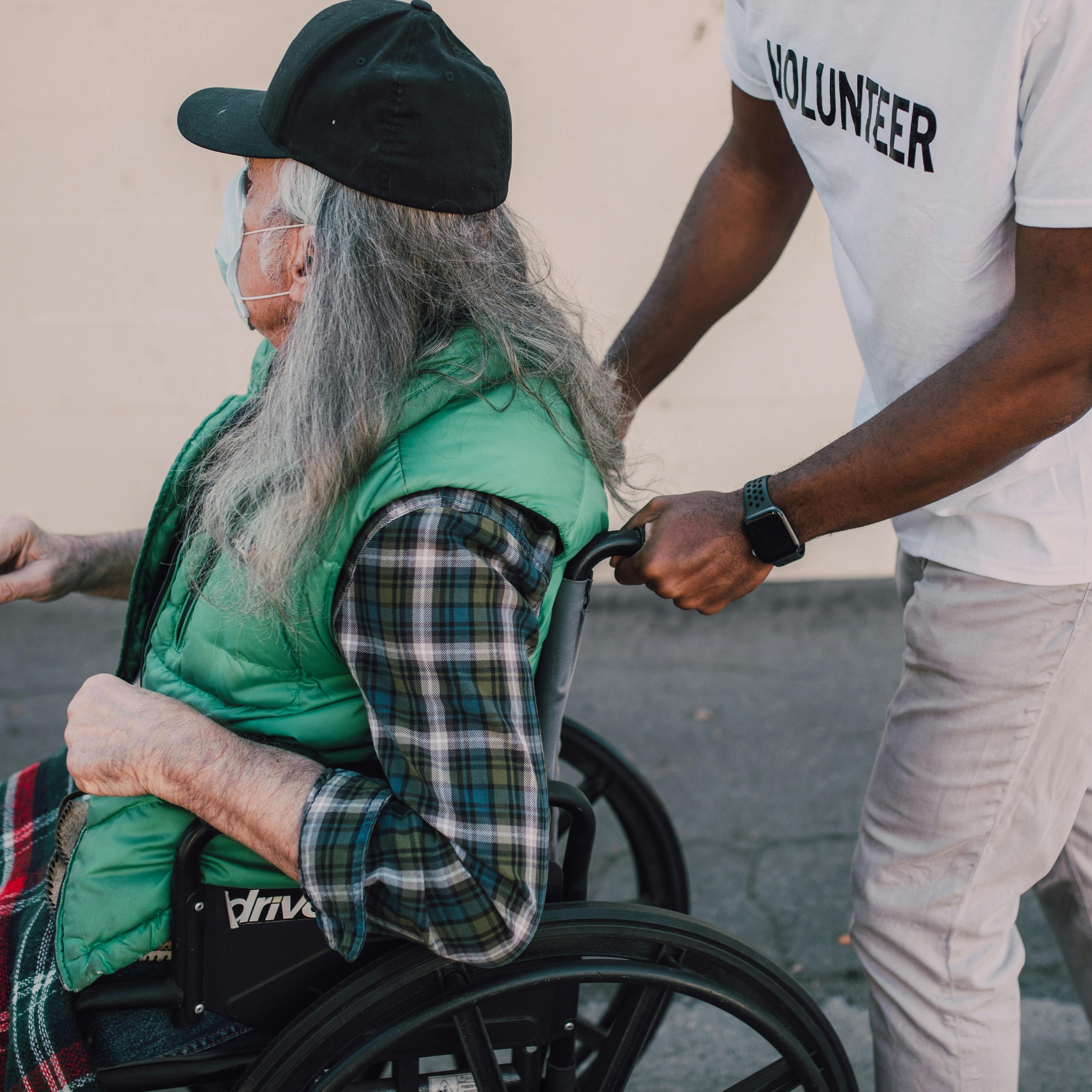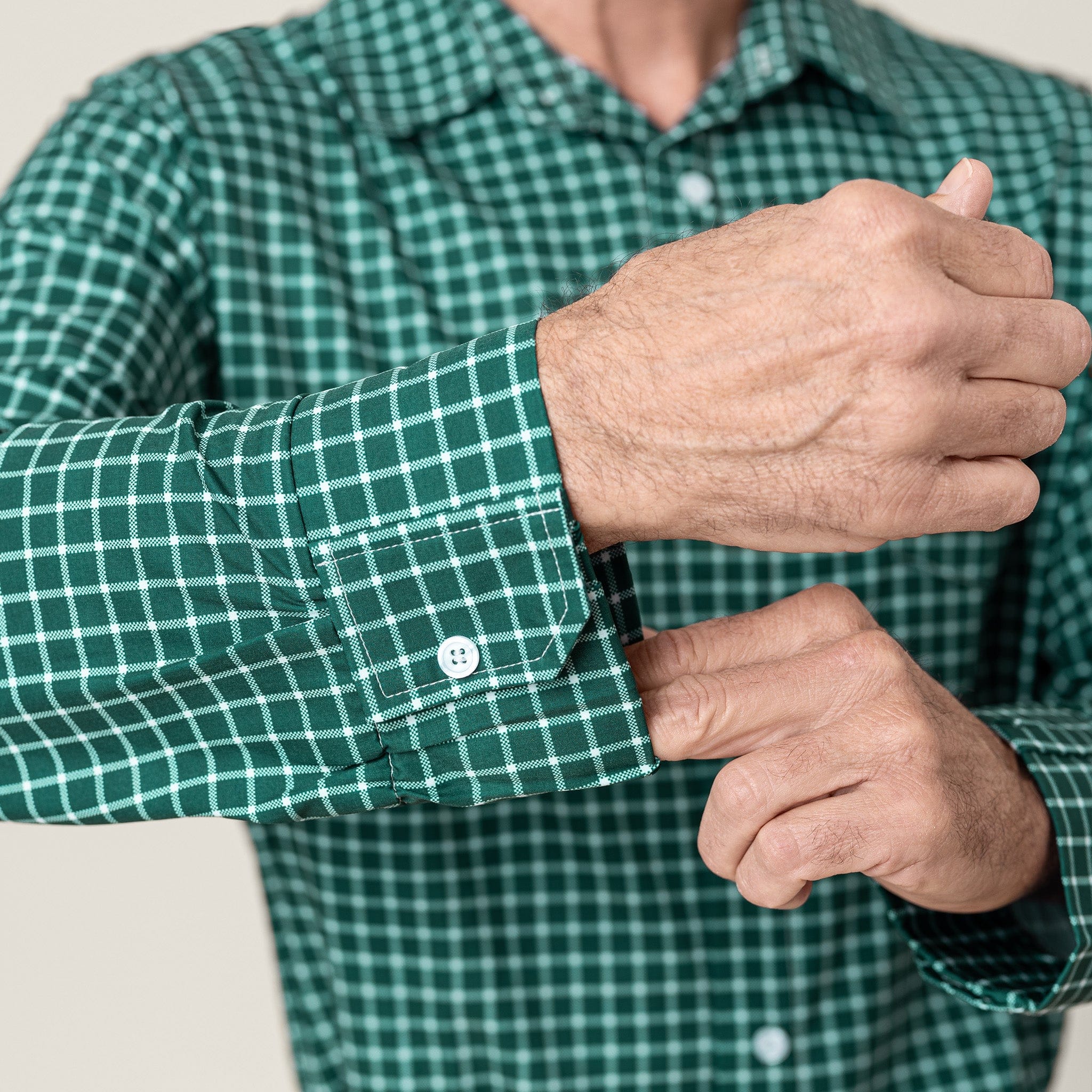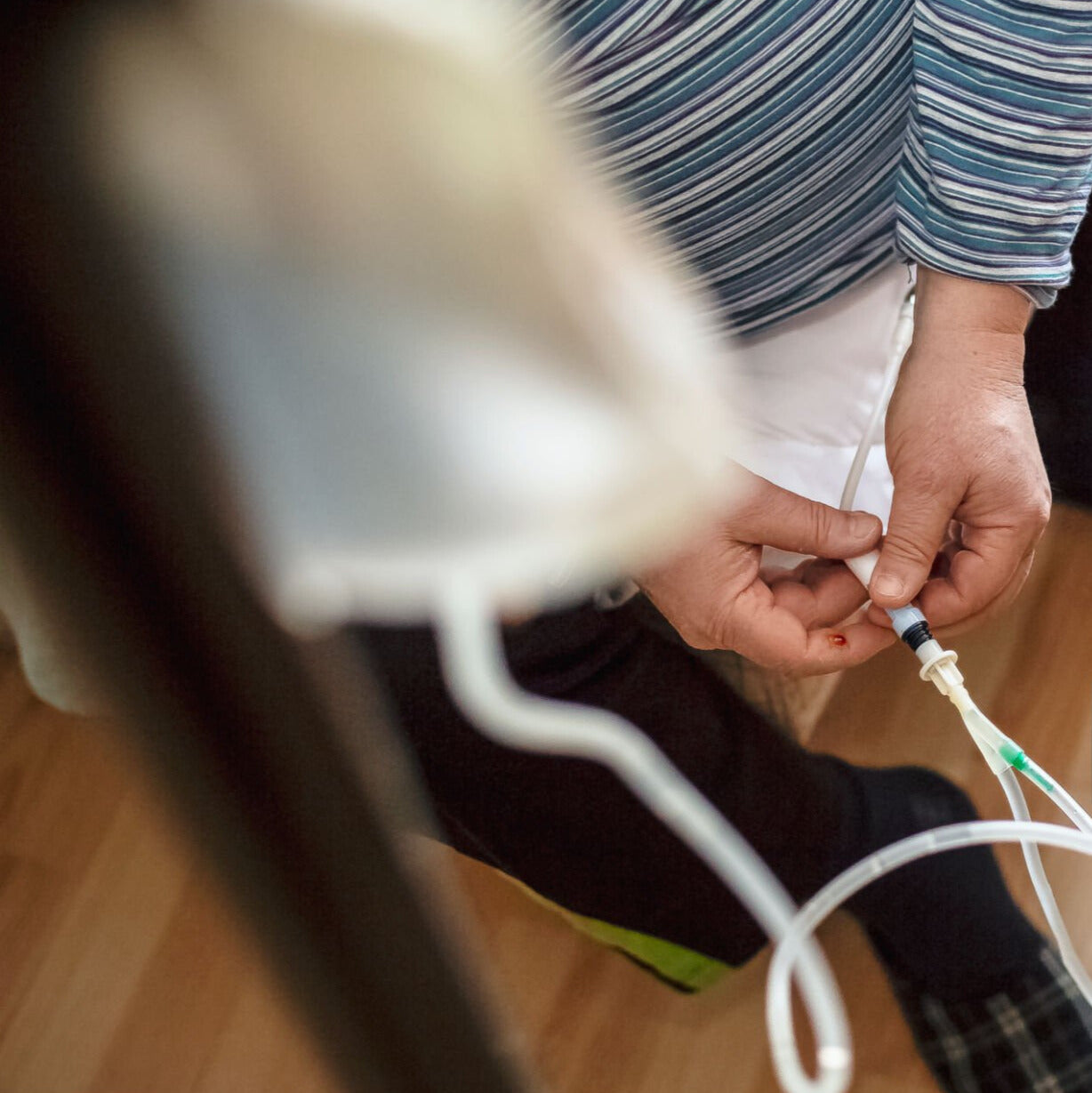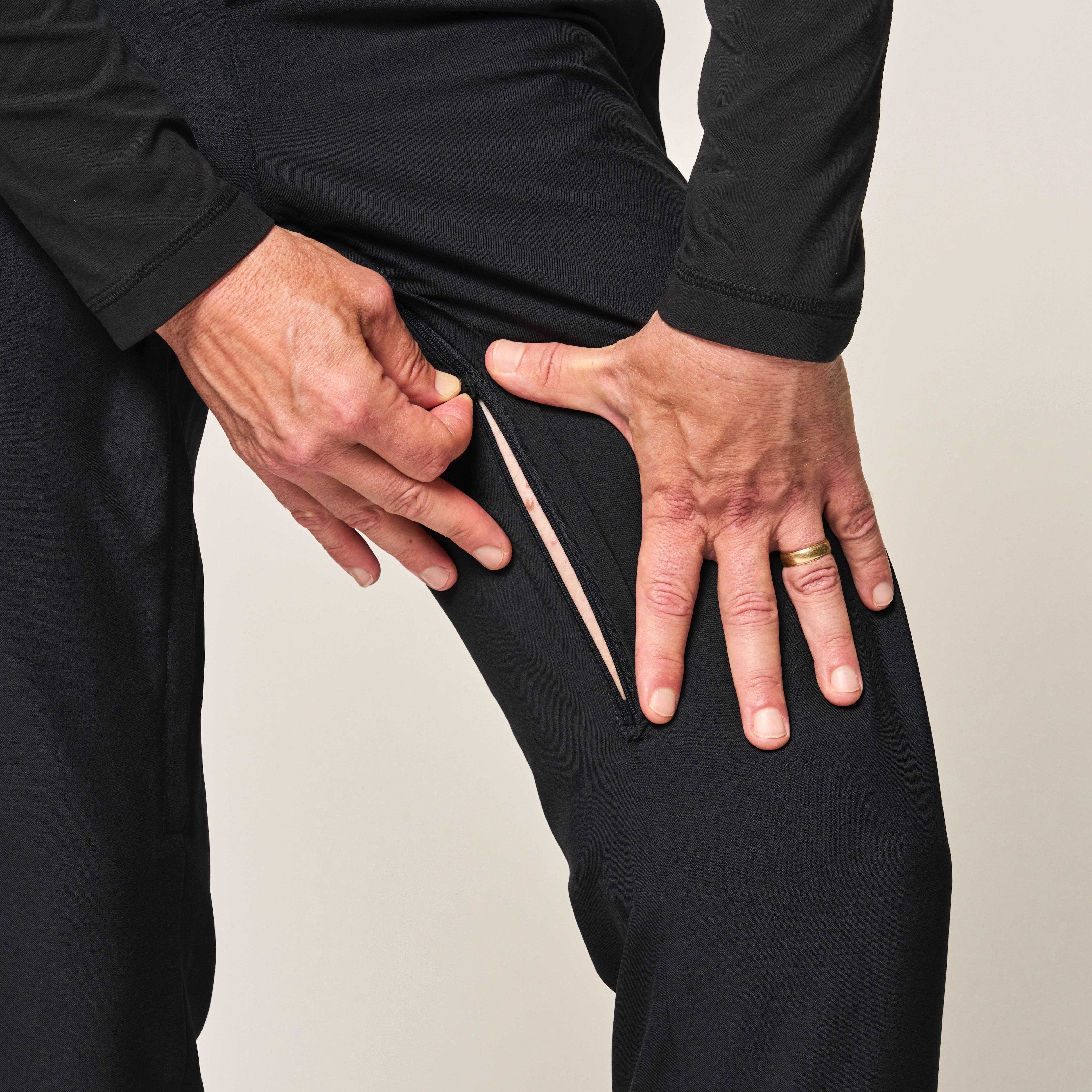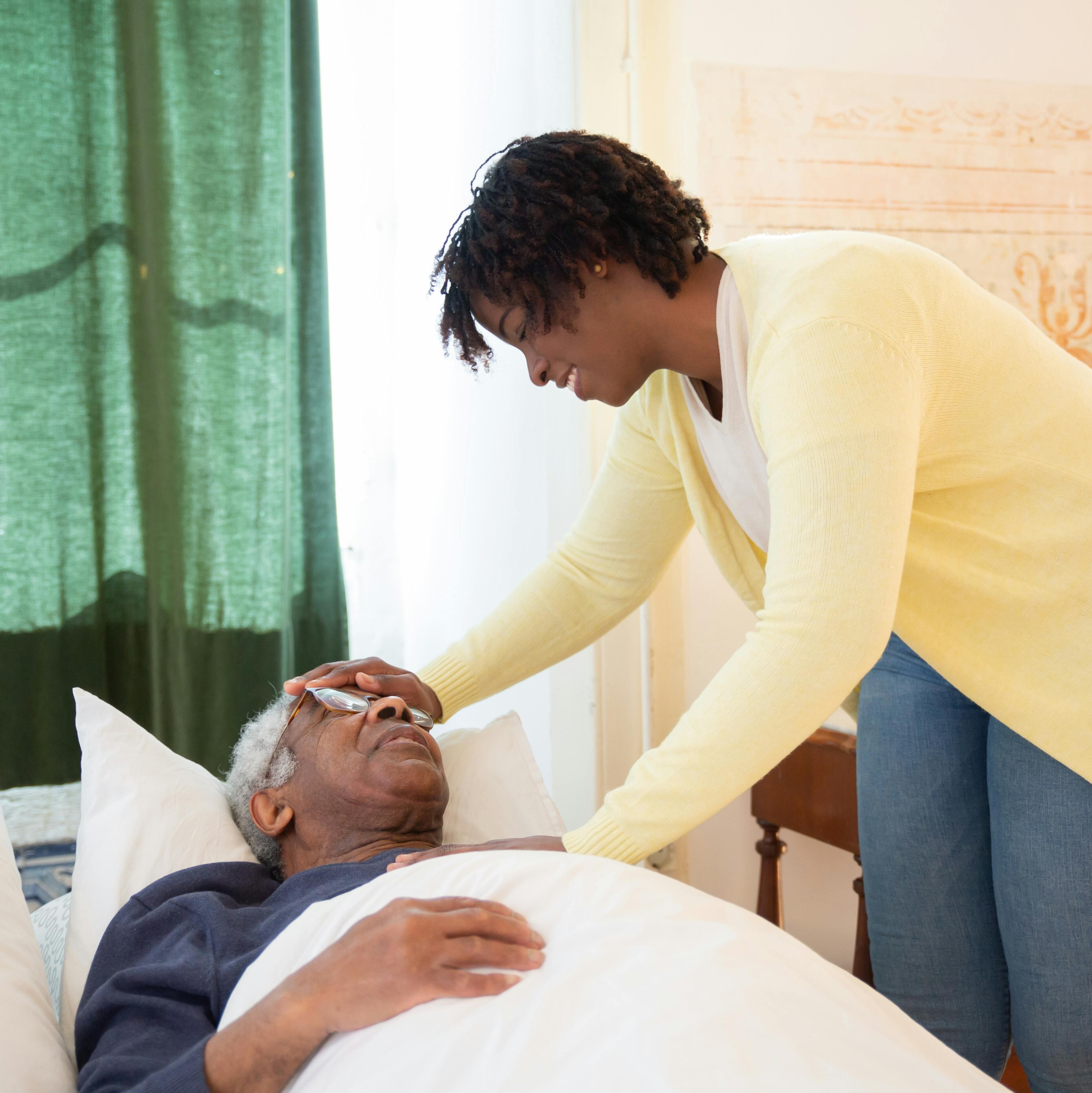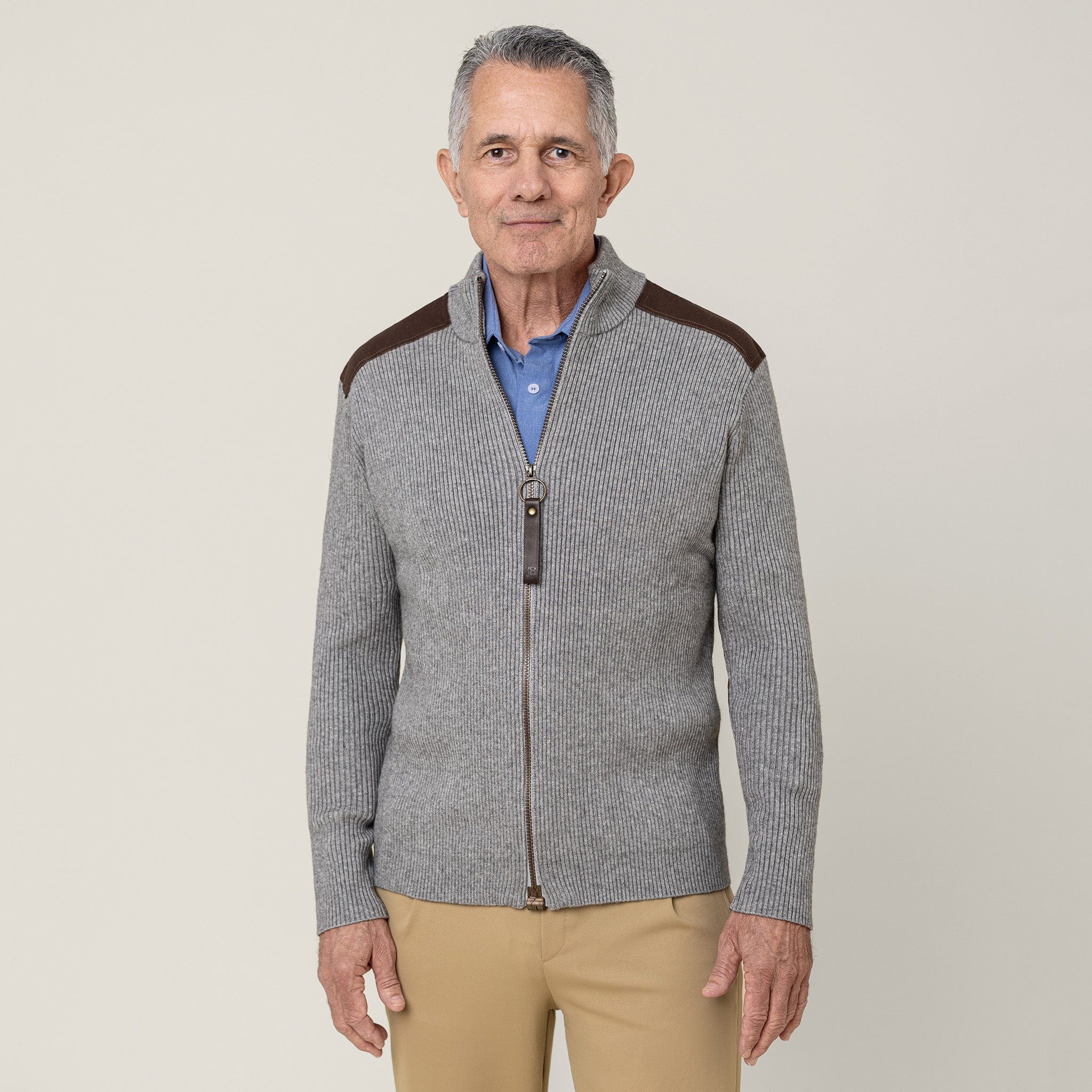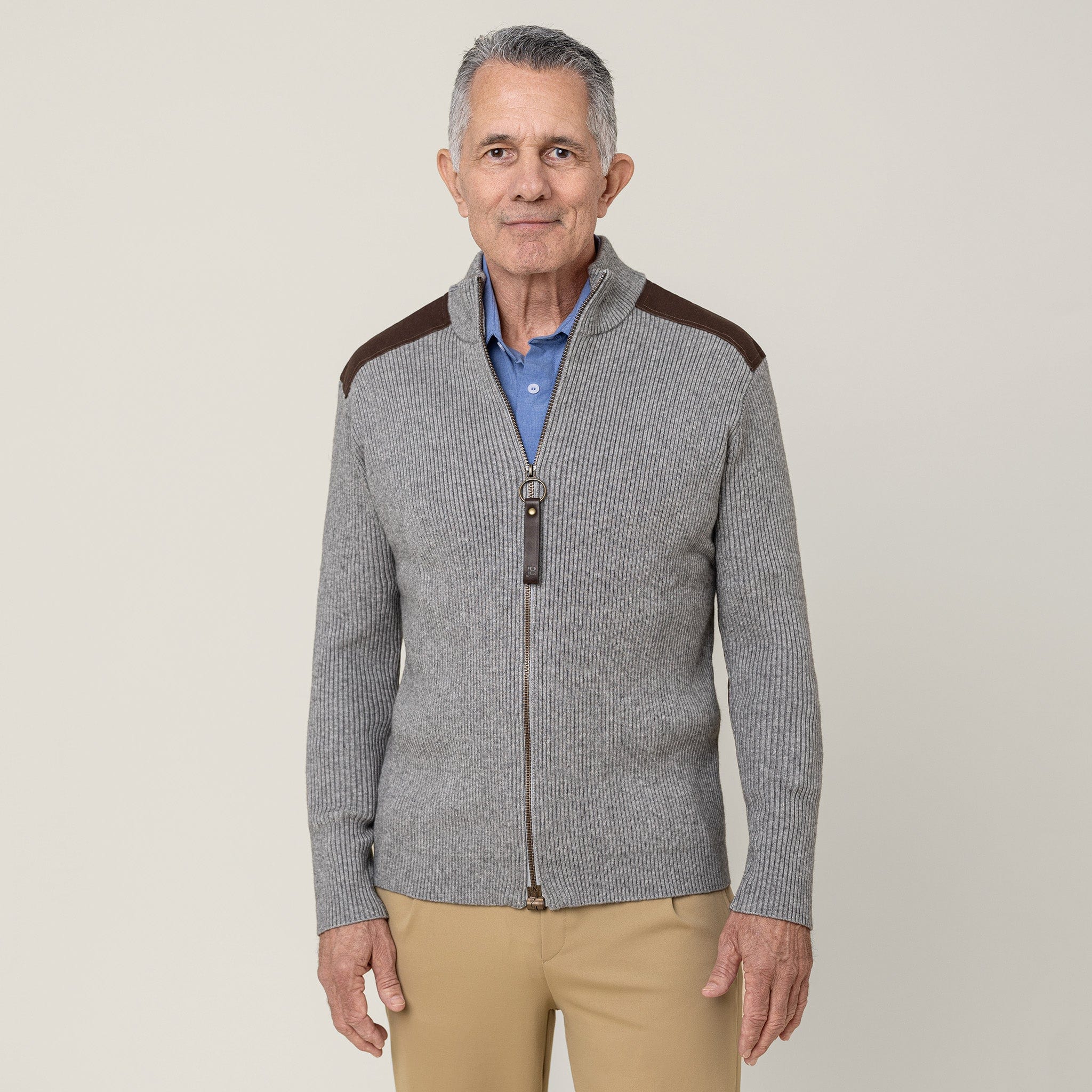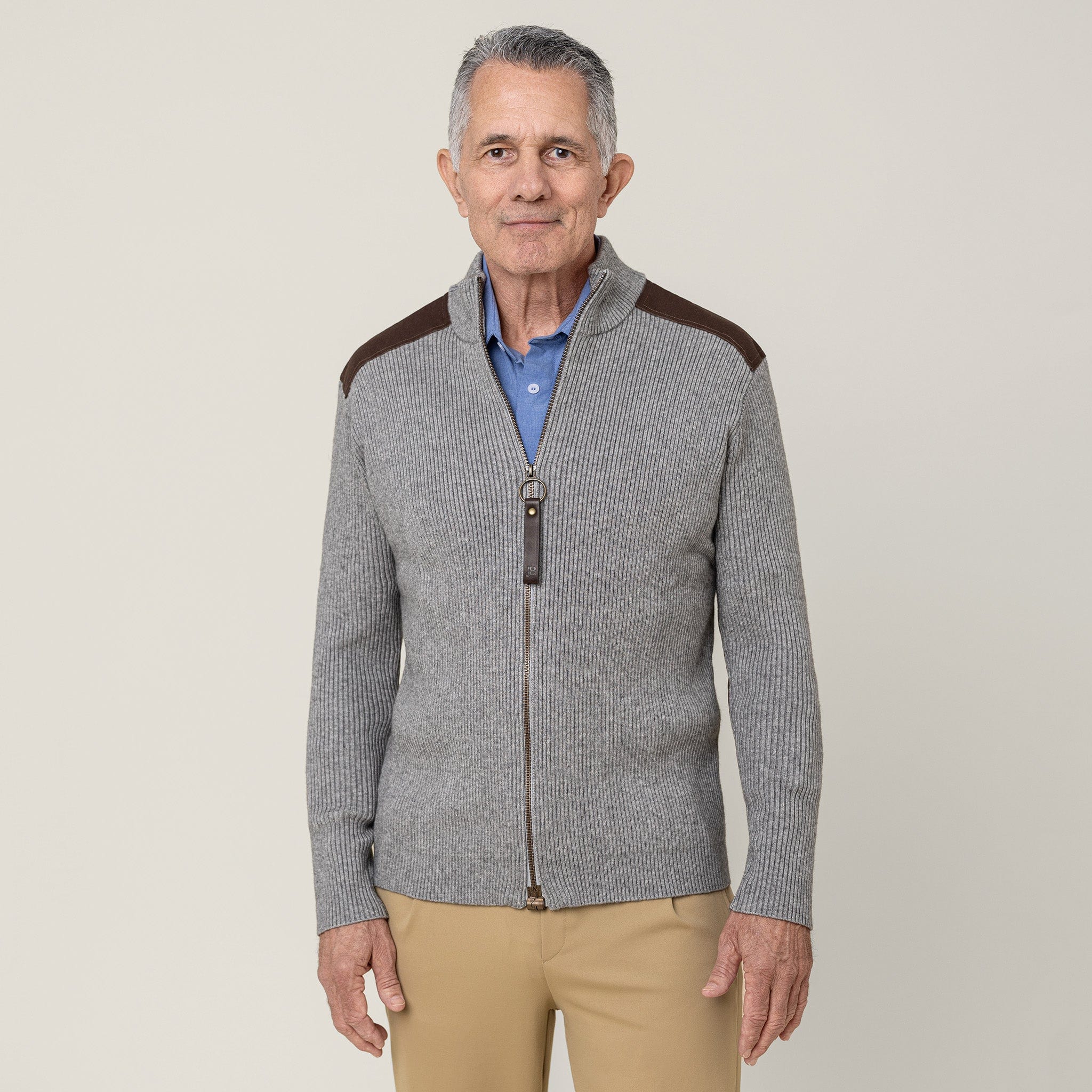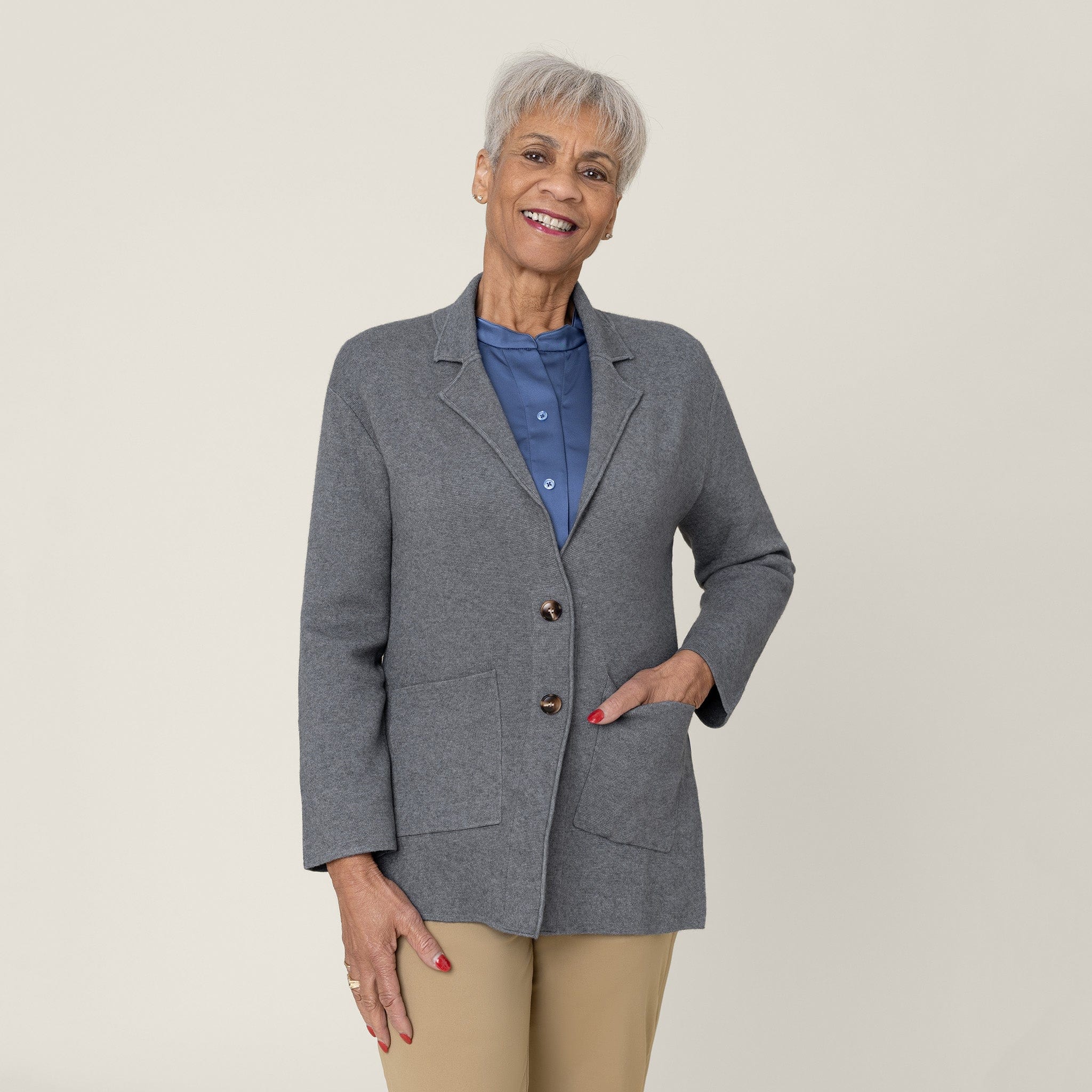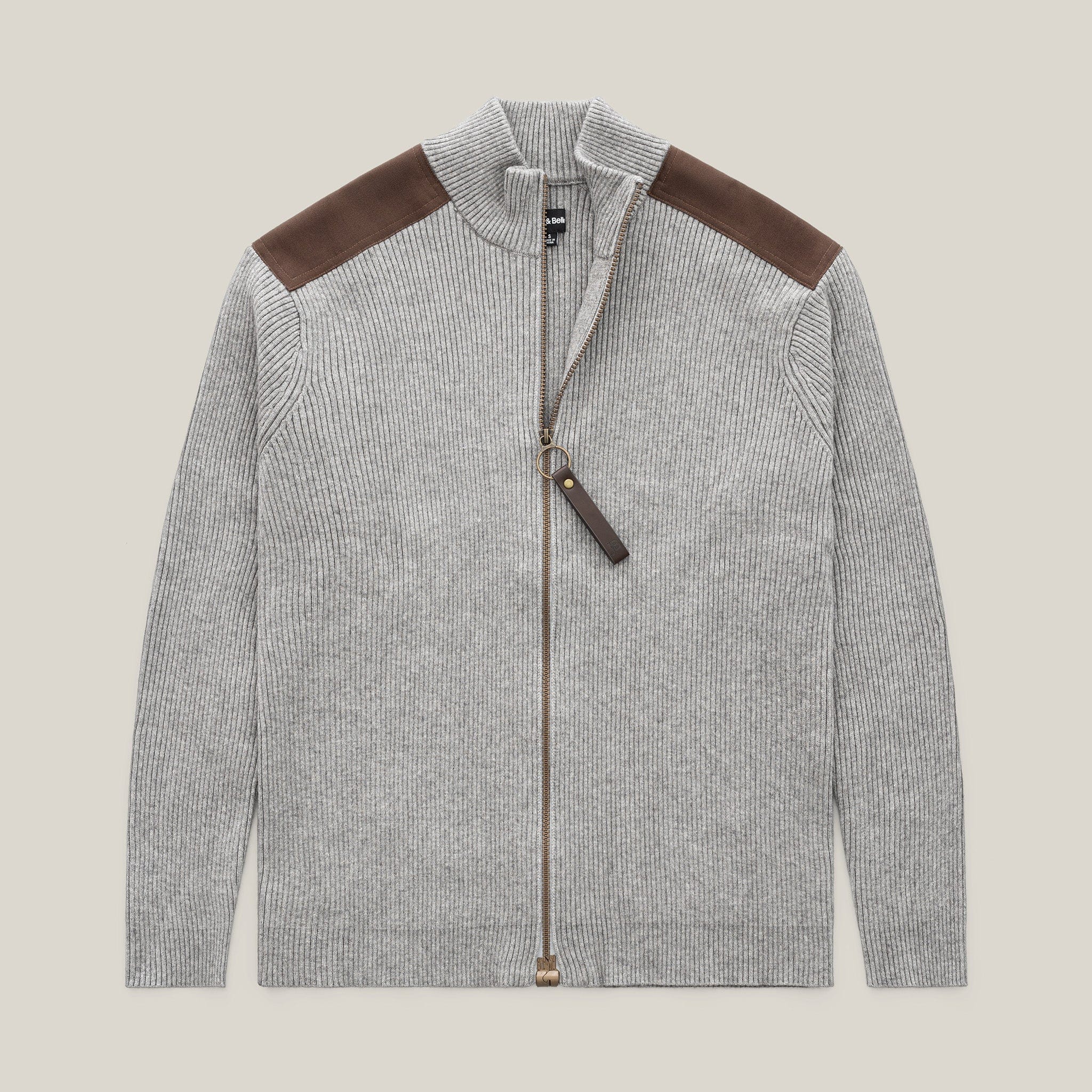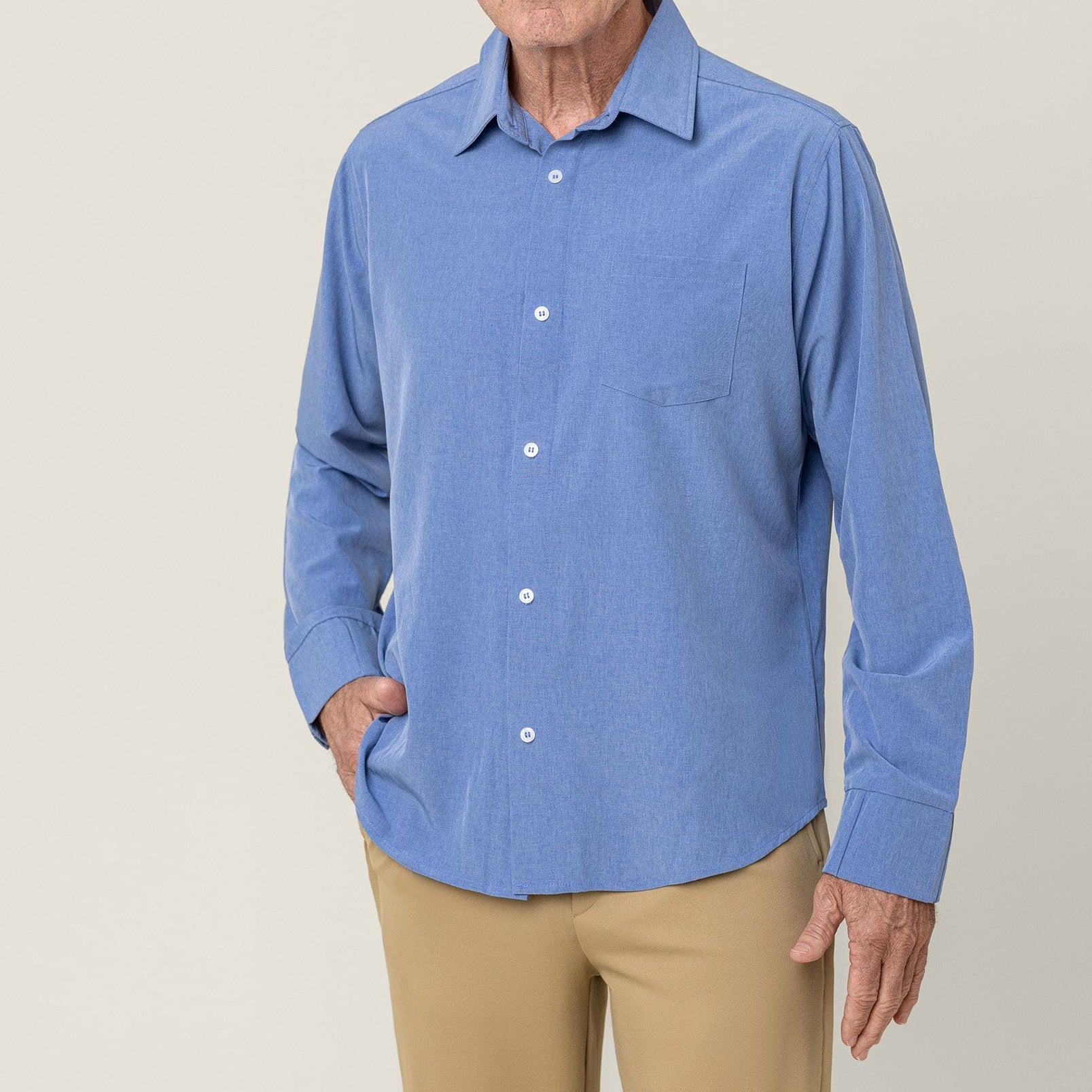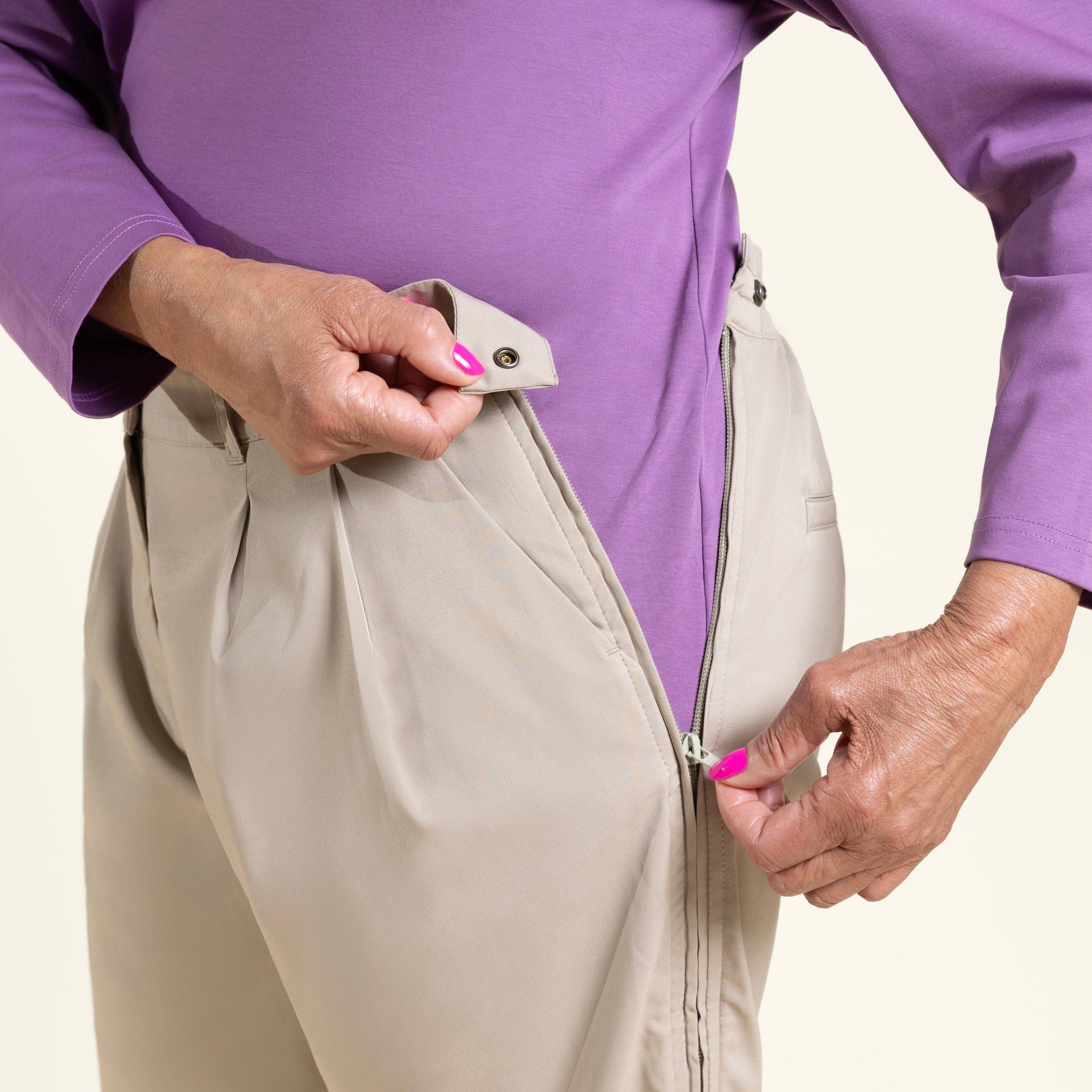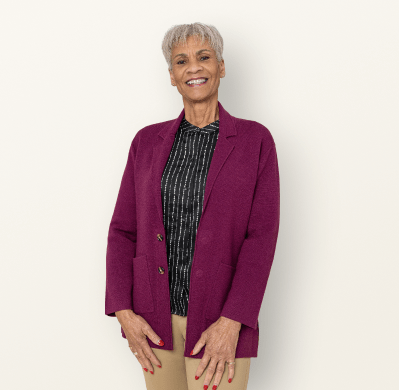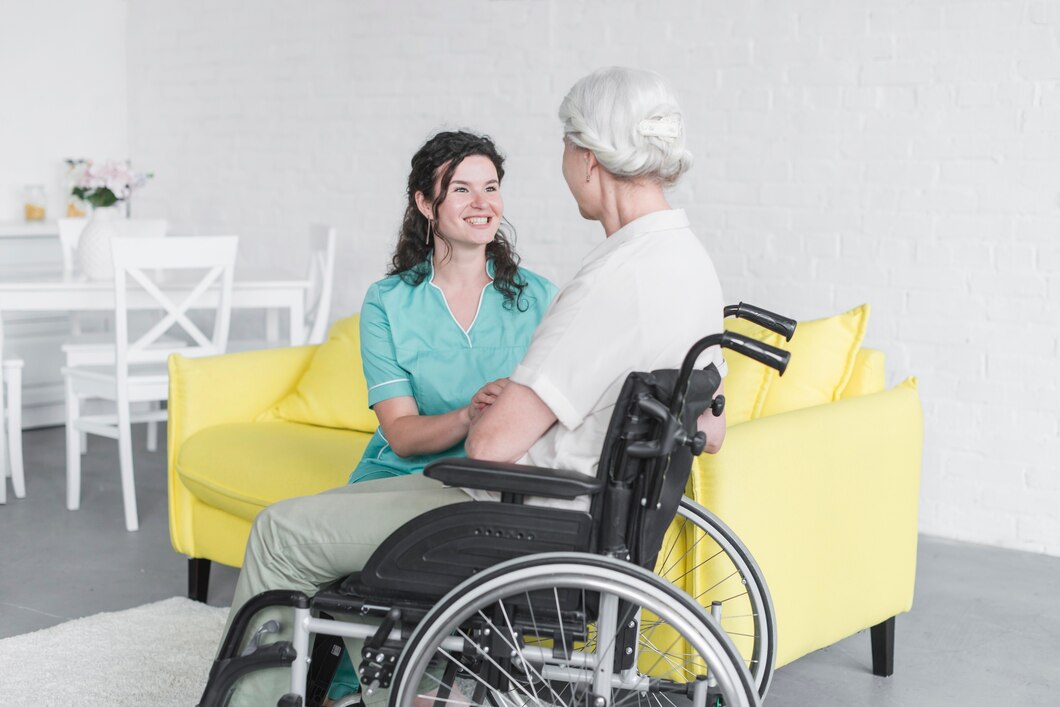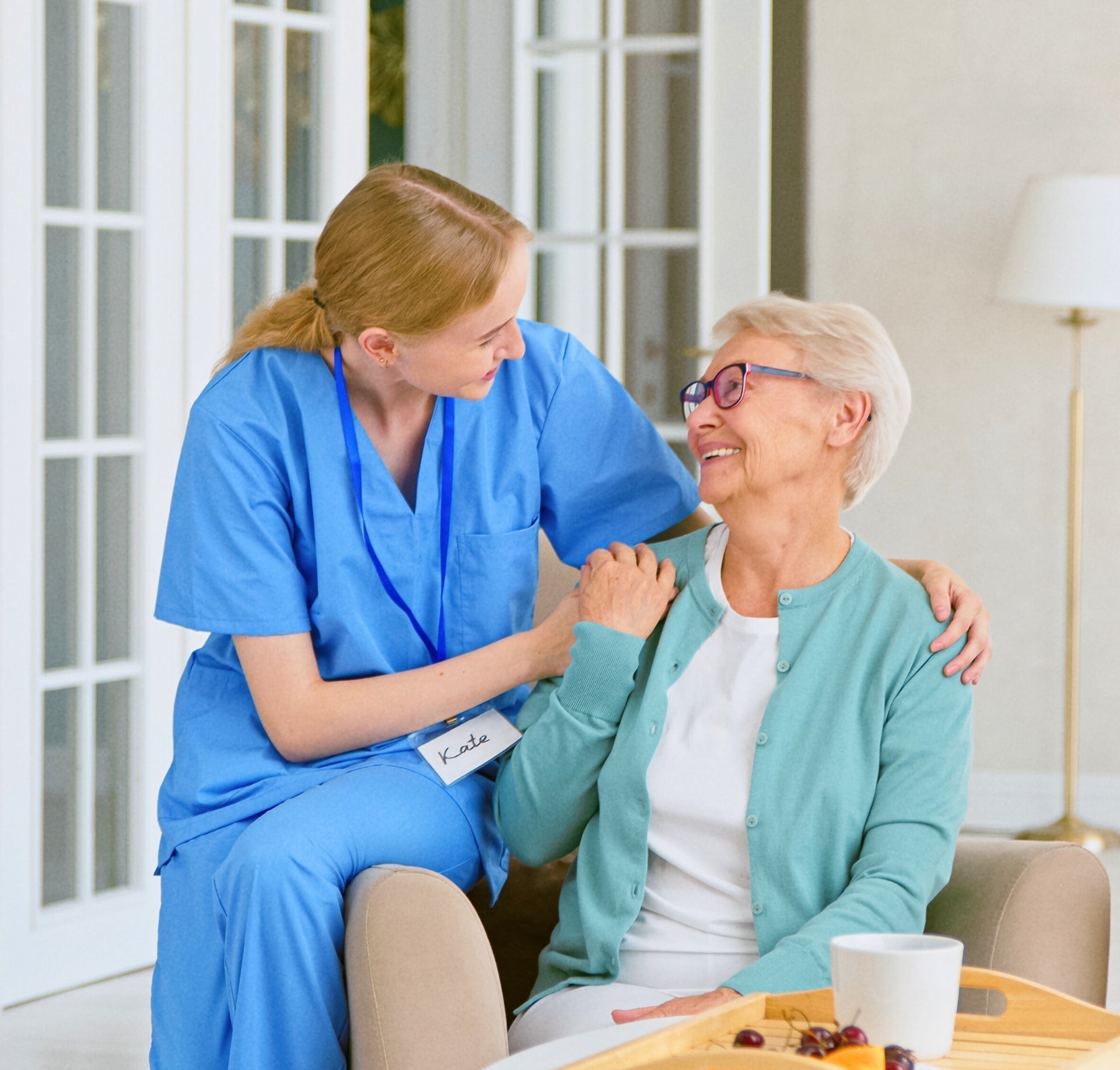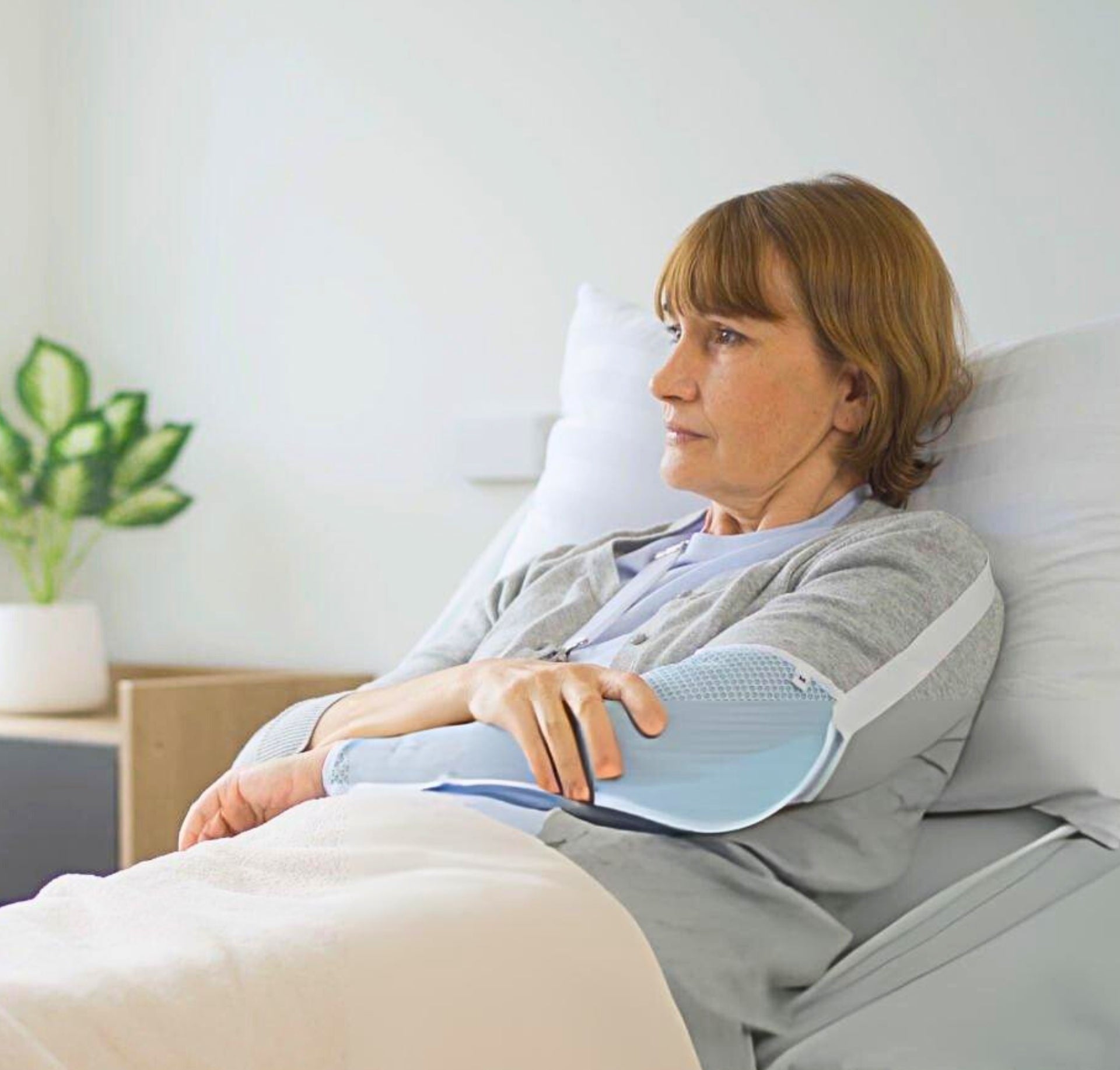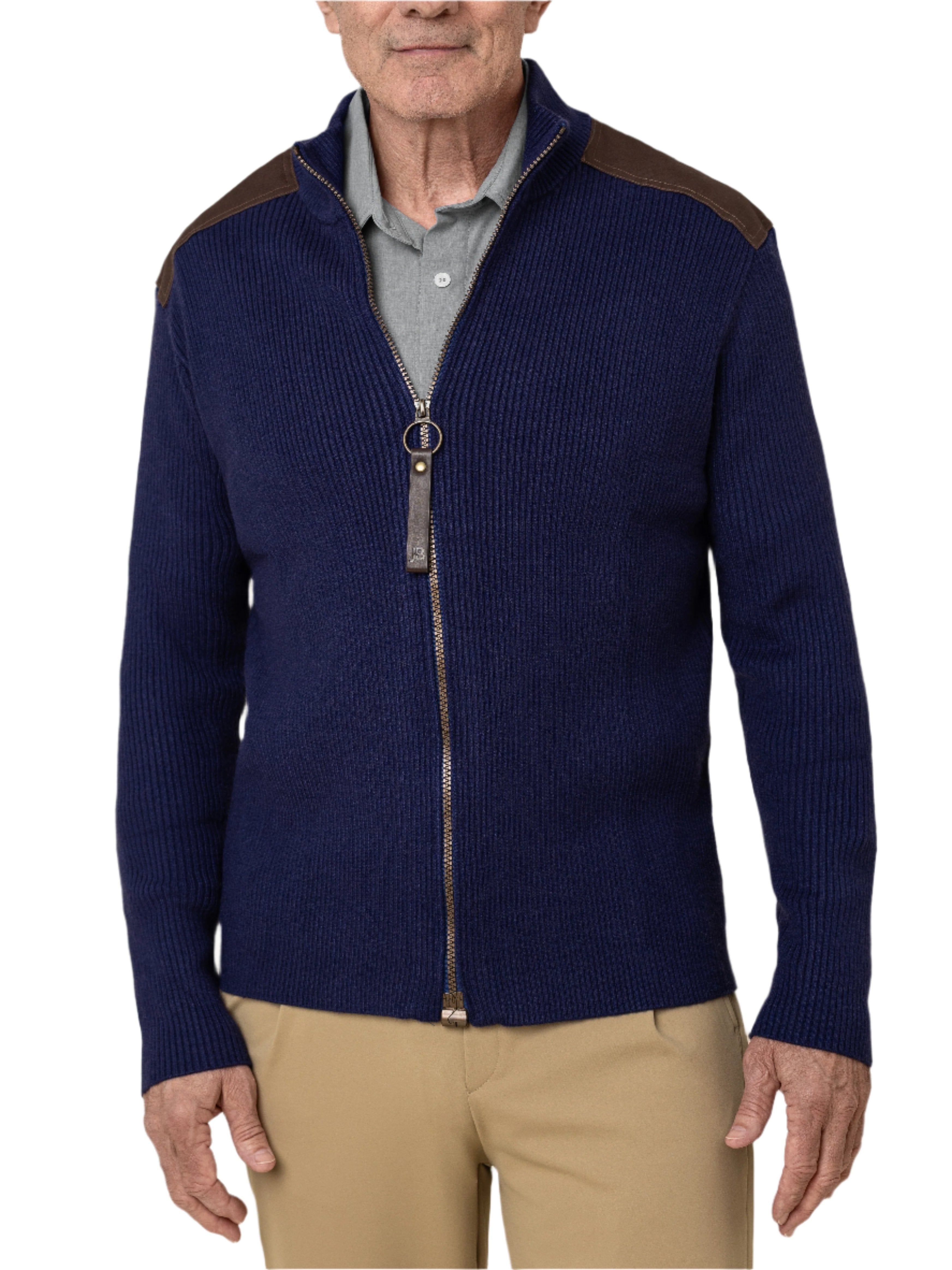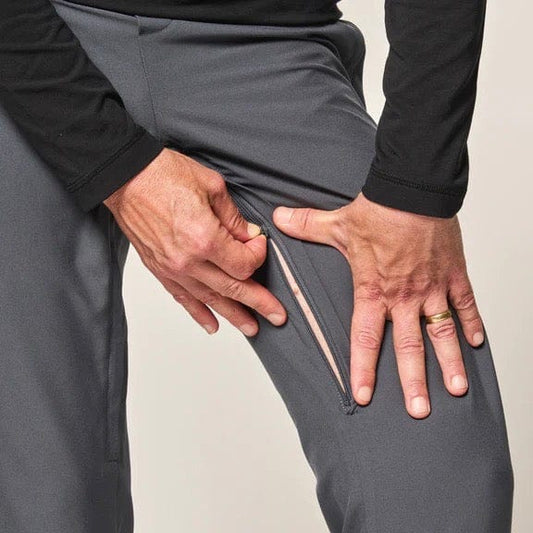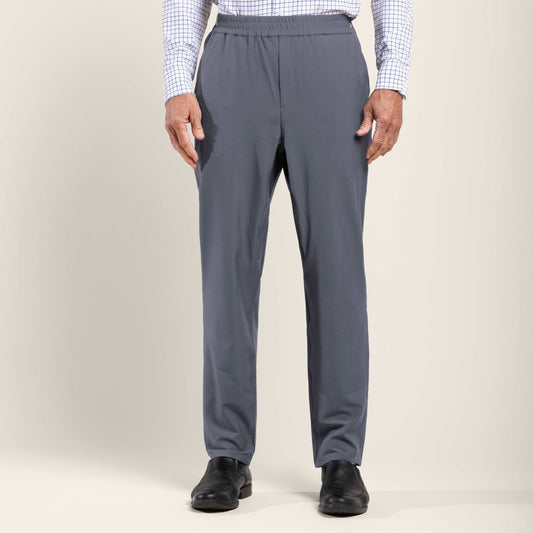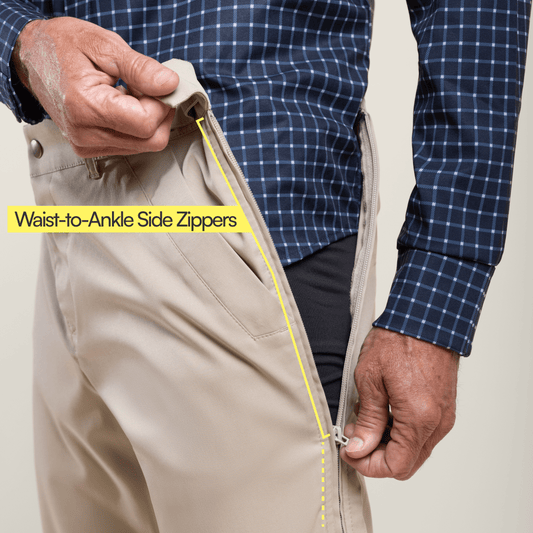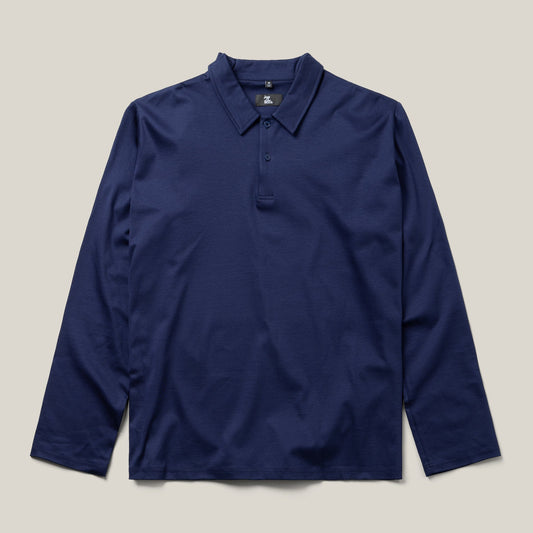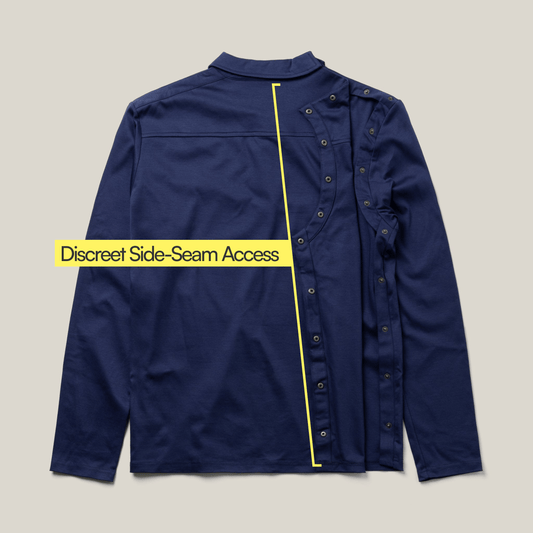Hospital gowns are a staple in medical settings, often characterized by their practical design rather than their aesthetic appeal. These gowns are specifically crafted to balance patient dignity with medical accessibility, a challenge in any healthcare environment. The design of hospital gowns, particularly those that open in the back, serves multiple functional purposes, from facilitating medical examinations to ensuring patient comfort during long hospital stays.
In this blog, we delve deeper into the reasons behind the open-back design of hospital gowns, explore how they aid patients with various mobility issues, and discuss innovative alternatives that could revolutionize the standard hospital gown. Join us as we uncover the thoughtful engineering behind these essential medical garments and introduce you to Joe & Bella’s unique approach to improving patient care through better clothing solutions.
What are Open Back Hospital Gowns?
Open-back hospital gowns are designed to provide ease of access for medical staff while maintaining patient comfort. These gowns typically have a loose fit and feature openings at the back that can be easily fastened with ties, Velcro, or snaps.
This design allows for quick access to any part of the patient's torso for examinations, treatment, or surgery without necessitating the patient to completely undress. It also simplifies the process of changing the gown, which is particularly useful for patients who are bedridden or have limited mobility.
Why Do Hospital Gowns Open in the Back?
The primary design of hospital gowns with openings at the back is to allow healthcare providers efficient access to the patient's body for examinations and treatments without compromising their comfort or having to fully undress them.
This accessibility is crucial for performing medical procedures efficiently and effectively, especially in emergency situations. Additionally, the open-back design facilitates the quick changing of gowns, which is essential for maintaining hygiene and comfort, especially when a gown becomes soiled.
How do Open-Back Gowns Benefit Patients with Mobility Issues?
1. Easy to Put On and Take Off
Open-back gowns are specifically designed to be easy to put on and take off, providing a practical solution for patients with mobility issues. This design allows the gown to be placed around the patient rather than pulled over the head, minimizing the need for movement and reducing discomfort. This is especially important for those with joint pain, recovering from surgery, or with limited arm mobility.
The gown can be secured at the back with minimal effort, which is less taxing for patients who cannot stand or adjust hospital clothing easily. Additionally, caregivers find it more straightforward to assist with open-back gowns, speeding up routine changes and reducing the physical strain involved in dressing patients.
2. Improved Comfort
The open-back design of hospital gowns significantly enhances patient comfort. By allowing adjustments for a loose or snug fit, these gowns accommodate various medical needs such as external devices, bandages, or changes in body size due to medical treatments.
The gowns typically feature materials that prevent irritation and provide enough overlap at the back to ensure modesty while still granting easy access for medical staff. This design also aids in air circulation, reducing the risk of overheating and discomfort during extended wear, which is a common complaint in hospital settings.
3. Adaptability to Assistive Devices
For patients utilizing assistive devices such as catheters, IV lines, or epidural tubes, open-back gowns offer indispensable benefits. The design ensures that these devices can be accessed and managed without the need to remove the gown, thereby maintaining the patient’s dignity and comfort.
This accessibility is crucial for continuous care and monitoring, especially in cases where device placement might hinder the use of traditional clothing. The adaptability of open-back gowns ensures that medical devices function as intended without interference, simplifying the work of healthcare providers and enhancing the overall efficacy of medical treatments.
4. Accessibility for Medical Procedures
Open-back gowns are engineered to provide maximum accessibility for a variety of medical procedures, from routine examinations to emergency interventions. This design allows healthcare providers easy and quick access to the patient’s body, which can be crucial in urgent medical situations.
Whether it's administering injections, fitting medical devices, or performing wound care, the gown's open-back feature ensures that these tasks can be accomplished with minimal disturbance to the patient. This not only streamlines medical care but also upholds the patient's comfort and privacy during potentially vulnerable situations.
Why Do Patients Wear Hospital Gowns?
1. Hygiene and Infection Control
Hospital gowns play a critical role in maintaining hygiene and controlling infections within healthcare settings. These gowns are designed to be easily changeable, which helps in preventing the spread of pathogens that might accumulate on personal clothing. Made from materials that can withstand high-temperature laundering, hospital gowns ensure that any contaminants are effectively removed during cleaning.
Additionally, the use of disposable or single-use gowns in high-risk areas further aids in infection control by minimizing cross-contamination risks between different patients. This aspect is vital in maintaining a sterile environment, especially in areas like surgery or intensive care units, where the risk of infection is high.
2. Patient Safety
Wearing hospital gowns significantly contributes to patient safety. These gowns are specifically designed without any hard fasteners or ties that might cause injuries or complications during medical procedures. The loose-fitting nature of the gowns allows for quick access in emergencies, such as the need for resuscitation or the application of medical devices, without interference from regular clothing.
Furthermore, the uniform style and color of hospital gowns help healthcare staff to easily identify patients, reducing the risk of errors in patient care. This uniformity is crucial in emergency situations, where time and clear identification can impact outcomes.
3. Comfort and Practicality
Hospital gowns are designed with the comfort and practical needs of patients in mind. These gowns are typically made from soft, lightweight fabrics that minimize irritation to the skin, which can be particularly important for patients with sensitive skin or those undergoing long-term treatment.
The design of the gowns accommodates a wide range of body types and sizes, ensuring that all patients can find a gown that fits comfortably. Additionally, the simplicity of the gown design allows hospital patients to dress and undress with ease, which is essential for those with limited mobility or who experience pain during movement.
4. Compatibility with Medical Procedures
Hospital gowns are integral to the daily operations of medical facilities because they are tailored to accommodate various medical procedures and examinations. The open-back design or ample front opening provides healthcare professionals with easy access to the part of the patient's body being treated or examined.
This accessibility is crucial during physical examinations, surgical procedures, or even routine monitoring, where time and ease of access can significantly affect the efficiency and effectiveness of medical care.
The design also ensures that gowns can be quickly changed or removed, minimizing discomfort for the patient and facilitating a smoother workflow for medical personnel.
Front-Closure Gowns for Easier Dressing
Front-closure gowns are an innovative adaptation in hospital wear that significantly enhances the dressing experience for patients, particularly those facing mobility challenges or post-operative recovery.
These gowns are designed with snaps, zippers, or Velcro along the front, making them incredibly easy to put on and take off without the need for assistance. This design is especially beneficial for patients who experience pain or discomfort when moving their arms or shoulders, as it eliminates the need to reach behind or struggle with ties.
The convenience of front-closure gowns extends beyond simple dressing and undressing. For patients who undergo frequent medical examinations or treatments that require access to the chest and abdominal areas, these gowns provide easy and quick access without compromising patient privacy or comfort.
This accessibility not only streamlines the care process but also reduces the stress and physical strain associated with changing into and out of traditional hospital gowns.
Moreover, front-closure gowns are designed to offer a greater degree of dignity and coverage than the typical open-back hospital gown. They help maintain the patient's modesty and provide warmth, contributing positively to the patient's overall comfort and well-being.
The secure front closure ensures that the gown stays neatly in place, reducing the risk of accidental exposure and increasing the patient’s sense of security during their hospital stay.
Hospitals and healthcare facilities are increasingly adopting front-closure gowns as part of their efforts to improve patient care and satisfaction. By incorporating such patient-centric designs, facilities can enhance the overall healthcare experience, demonstrating a commitment to respecting and addressing the individual needs of those in their care.
This shift towards more thoughtful, patient-friendly clothing options like front-closure gowns marks a significant advancement in the ongoing effort to humanize and improve the quality of hospital stays.
Open Back Vs. Front Closure Gown: Which is Best?
When comparing open-back and front-closure hospital gowns, the benefits of front-closure gowns often make them the superior choice for both patients and healthcare providers. Front-closure gowns offer enhanced privacy and dignity, crucial aspects that are frequently compromised in traditional open-back designs.
These gowns close securely at the front, eliminating the common discomfort and exposure associated with open-back gowns that tie at the back. This feature is particularly valued in a hospital setting where patients frequently move through public areas and interact with various healthcare personnel.
Moreover, front-closure gowns are far easier for patients to manage, especially for those with limited mobility, arthritis, or those recovering from surgery. The ability to dress and undress without assistance can significantly empower patients, fostering a greater sense of independence and control over their hospital experience.
This autonomy is vital for patient morale and can contribute to a faster recovery by promoting physical activity as patients are more inclined to move around when they feel securely dressed.
In terms of functionality, front-closure gowns provide healthcare workers with quick and easy access to the patient's body without needing to fully undress the individual. This accessibility is essential during medical examinations, treatments, or in emergency situations where time and ease of access can affect the outcome of care provided.
It also reduces the time caregivers need to spend dressing and undressing patients, allowing for a more efficient use of hospital resources and staff time.
From a safety perspective, front-closure gowns reduce the risk of falls and other accidents. Patients trying to tie traditional gowns may twist or reach in ways that can lead to imbalance and falls, particularly in those with mobility issues. By eliminating this need, front-closure gowns enhance patient safety throughout the facility.
While open-back gowns have been the standard for many years, the evolution toward front-closure gowns represents a significant leap forward in hospital wear.
They address numerous issues associated with traditional designs and align better with the goals of modern healthcare practices focused on patient respect, autonomy, and safety. For these reasons, front-closure gowns are generally the best choice for hospitals looking to improve patient satisfaction and care.
Conclusion
Hospital gowns, particularly open-back designs, play a vital role in patient care within medical facilities. By understanding the specific needs of patients, especially those with mobility issues, Joe & Bella strives to innovate and provide gown designs that enhance patient dignity, comfort, and accessibility. Explore our range of adaptive hospital gowns and experience the difference in patient care with Joe & Bella. You can also look into types of hospital gowns and how to put on a hospital gown.






